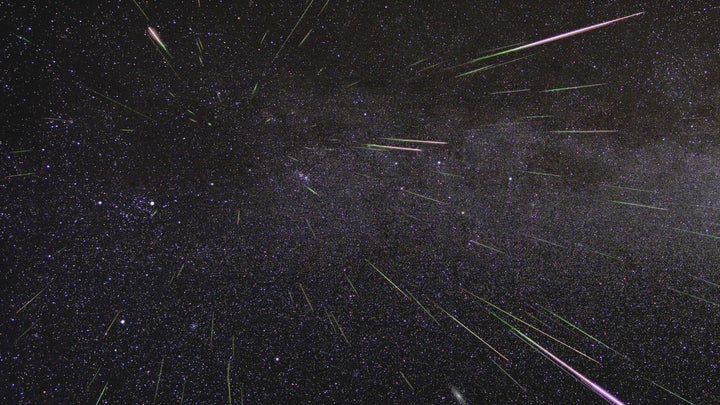
The annual Perseid meteor shower is back again, and the shooting stars promise to be especially spectacular this time around.
Up to 200 meteors per hour are expected on the peak night of Aug. 11-12, a NASA spokesperson said. That’s double the normal rate, making this the first Perseid “outburst” since 2009.
The Perseids ― so named because they seem to come out of the constellation Perseus ― return every summer, when Earth crosses paths with the wake of Comet Swift-Tuttle. Tiny particles in the wake are zooming along at about 132,000 miles per hour, and when they hit our planet’s atmosphere they disintegrate with a brilliant flash of light.
This year more shooting stars than usual are expected because Earth will pass closer to the middle of the comet’s debris stream rather than its edge.
The shower will be live-streamed starting at 10 p.m. EDT on Aug. 11 and again at the same time on Aug. 12.
But if it’s a cloudless night, why not head outside between midnight and dawn on either night to see the shooting stars with your own eyes? Find a dark area, lie flat on your back and look up.
Some experts say to look straight up, but not everyone agrees.
“Unfortunately the column of air directly above you is the thinnest slice of atmosphere, therefore producing the least number of meteors,” according to an American Meteor Society blogger. “You are better off centering your field of view at approximately one-half the way up in the sky, high enough to avoid anything that may block your view.”
In any case, be patient. It can take a while for your eyes to adjust to the darkness.
Happy skywatching!

